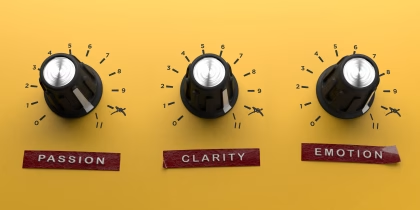Abstract:
A happy facial expression makes a person look (more) trustworthy. Do perceptions of happiness and trustworthiness rely on the same face regions and visual attention processes? In an eye-tracking study, eye movements and fixations were recorded while participants judged the un/happiness or the un/trustworthiness of dynamic facial expressions in which the eyes and/or the mouth unfolded from neutral to happy or vice versa. A smiling mouth and happy eyes enhanced perceived happiness and trustworthiness similarly, with a greater contribution of the smile relative to the eyes. This comparable judgment output for happiness and trustworthiness was reached through shared as well as distinct attentional mechanisms: (a) entry times and (b) initial fixation thresholds for each face region were equivalent for both judgments, thereby revealing the same attentional orienting in happiness and trustworthiness processing. However, (c) greater and (d) longer fixation density for the mouth region in the happiness task, and for the eye region in the trustworthiness task, demonstrated different selective attentional engagement. Relatedly, (e) mean fixation duration across face regions was longer in the trustworthiness task, thus showing increased attentional intensity or processing effort.
Keywords Attention, eye movements, dynamic facial expressions, happy faces, trustworthiness







